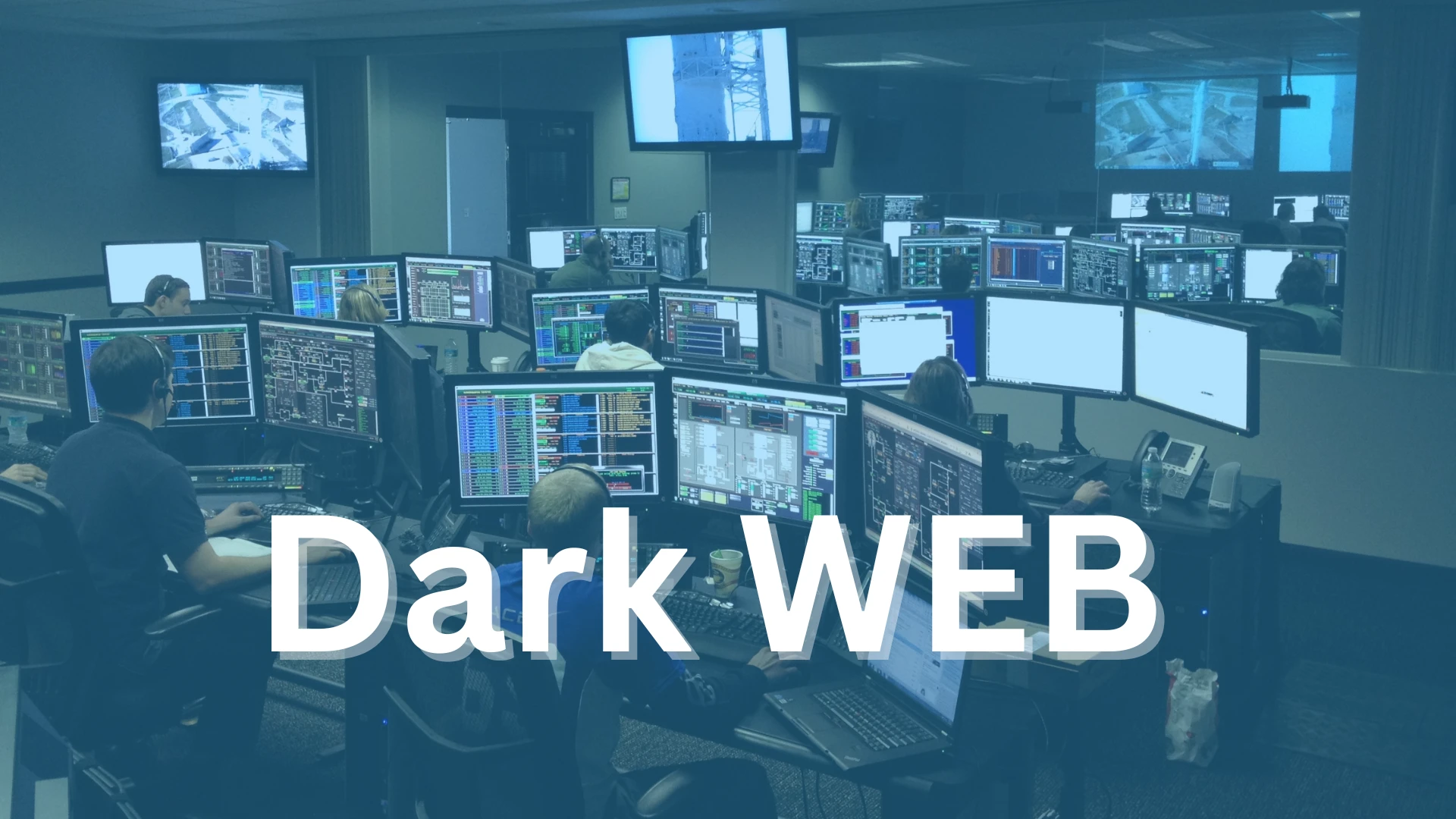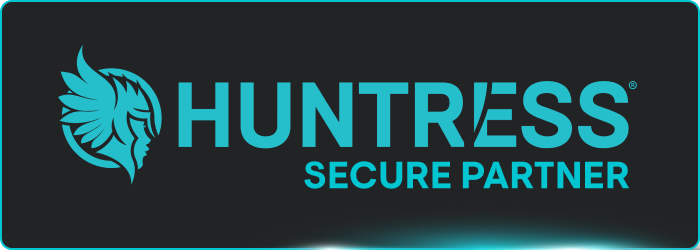Dark Web Monitoring: A Crucial Tool for Cybersecurity
The dark web, often referred to as the hidden part of the internet, is notorious for harboring illegal activities such as data breaches, identity theft, and the sale of illicit goods. For businesses and individuals alike, dark web monitoring has become an essential practice to protect sensitive information and prevent cybersecurity threats. This article will explore the concept of dark web monitoring, its importance, and some available open-source tools that can help detect and mitigate threats originating from this hidden part of the web.
What is Dark Web Monitoring?
Dark web monitoring refers to the practice of scanning and tracking the dark web for stolen data or other suspicious activities related to your organization or personal information. The dark web is a part of the internet that is not indexed by traditional search engines and requires specific software like Tor to access. Cybercriminals often use the dark web to buy and sell stolen credentials, credit card information, personal identifiable information (PII), and more.
Dark web monitoring typically involves:
- Detecting Leaked Credentials: Tracking email addresses, passwords, and other sensitive information that may have been stolen during a data breach.
- Monitoring Forums and Marketplaces: Scanning forums where illegal goods are traded and cybercriminals discuss potential attacks or vulnerabilities.
- Identifying Fraudulent Activity: Detecting signs of identity theft or fraudulent activities, such as the misuse of stolen data.
- Alerting on Threats: Providing alerts and reports when certain data or assets are detected on the dark web, enabling organizations or individuals to take preventive action.
Importance of Dark Web Monitoring
With the rise of sophisticated cyberattacks, dark web monitoring has become an important part of a comprehensive cybersecurity strategy. Here are a few key reasons why it's crucial:
- Early Detection of Data Breaches: Many data breaches go undetected for months. Dark web monitoring can reveal if stolen information appears on the dark web, providing an early warning.
- Risk Mitigation: By detecting compromised information quickly, businesses can mitigate risks, change passwords, or alert affected customers before the damage escalates.
- Prevent Financial and Reputational Losses: Preventing the misuse of stolen data reduces the risk of financial loss and reputational damage to your business.
- Stay Ahead of Threats: Monitoring the dark web helps cybersecurity teams stay informed about the latest tactics and techniques used by attackers.
Open-Source Dark Web Monitoring Tools
While there are many commercial services that offer dark web monitoring, some open-source tools are available for individuals or organizations with technical expertise. These tools can help with scanning and tracking dark web activities at little or no cost.
- OnionScan
- Description: OnionScan is an open-source tool used for dark web investigation and monitoring. It helps to analyze the infrastructure behind dark web sites and detect security vulnerabilities. It also tracks illegal activities by identifying links between different Tor services.
- Features:
- Scan websites hosted on the Tor network.
- Identify linked services.
- Find configuration issues and security vulnerabilities.
- Usage: It requires some technical knowledge of the Tor network and security practices, making it a useful tool for security researchers and penetration testers.
- Ahmia
- Description: Ahmia is a search engine that indexes hidden services on the dark web. It allows users to search for dark web sites that are registered with Ahmia while filtering out illegal content.
- Features:
- Easy-to-use interface for searching hidden services.
- Tor and I2P network support.
- Provides transparency by filtering illegal content.
- Usage: Ahmia is great for tracking down specific dark web content or monitoring hidden services for security research purposes.
- TorBot
- Description: TorBot is a Python-based open-source tool designed to crawl and scrape the dark web. This tool enables you to perform custom searches for specific keywords and gather intelligence from Tor websites.
- Features:
- Search for specific keywords or patterns.
- Crawl and scrape dark web sites.
- Export results to analyze the data.
- Usage: TorBot is useful for organizations looking to track specific data such as credentials, intellectual property, or insider threats.
- DarkScrape
- Description: DarkScrape is another Python-based tool that allows users to scrape hidden dark web sites and export the gathered information for analysis. It is effective for researchers and cybersecurity professionals looking to automate dark web data collection.
- Features:
- Automate scraping of dark web sites.
- Supports customizable scraping workflows.
- Store data for further analysis.
- Usage: DarkScrape can be an essential tool for monitoring for leaked credentials, personal data, or any potential threats to your organization.
Conclusion
Dark web monitoring is a critical cybersecurity practice that enables early detection of data breaches and other illicit activities. Whether you are an individual looking to safeguard personal information or a business aiming to protect customer data, the insights gained from dark web monitoring can help prevent significant financial and reputational harm.
Open-source tools like OnionScan, Ahmia, TorBot, and DarkScrape offer a cost-effective way to monitor the dark web, though they require some technical know-how. For organizations that want comprehensive coverage, a combination of these tools along with professional monitoring services can provide greater visibility and protection against dark web threats.
By incorporating dark web monitoring into your cybersecurity strategy, you can stay one step ahead of potential attackers and protect your most valuable assets.
For expert security consulting services and to ensure your business is safeguarded against dark web threats, contact us today.


